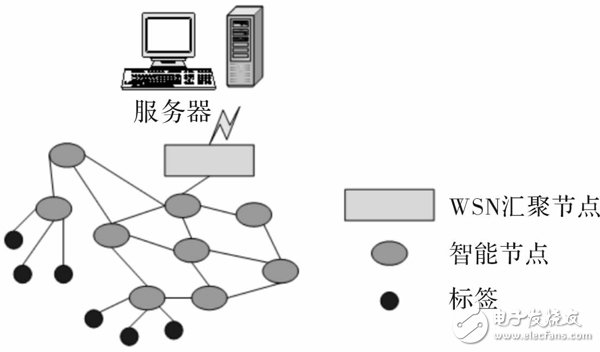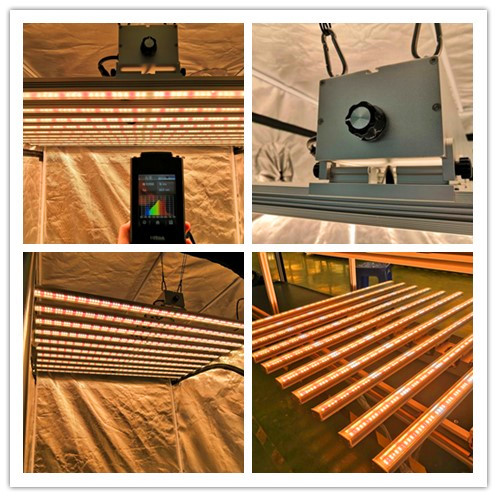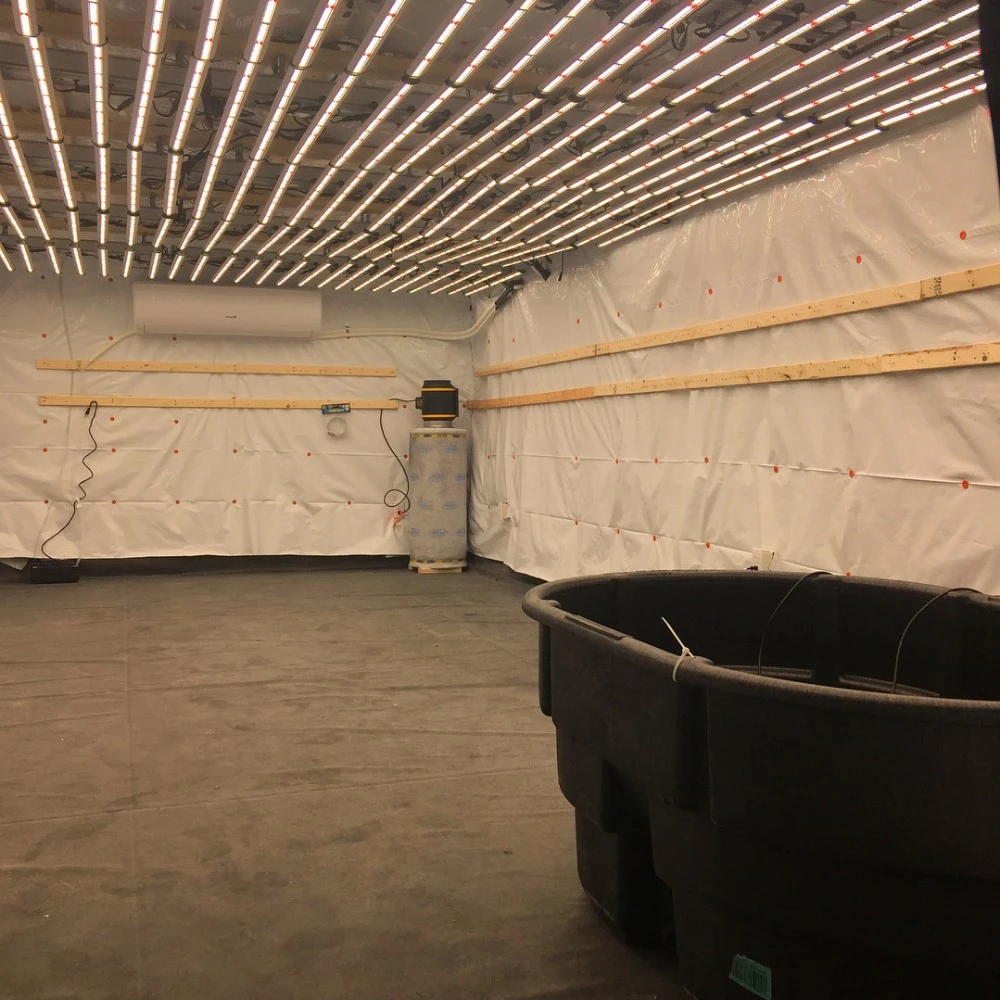The Internet of Things is called the third wave of the development of the world information industry after the computer and the Internet. It is the application development of the Internet. Innovation is the core of the development of the Internet of Things. Wireless and sensing technologies play an important role in the Internet of Things era. . In view of this, the reporter interviewed a senior professional Xu Hongyue to explore the wireless + sensing design for the Internet of Things era.
The Internet of Things is a very big concept, emphasizing that all things are connected to the Internet of Things, and wireless communication is available to each other. The subdivision covers smart cities, smart healthcare, smart industries, smart agriculture, and smart buildings. However, for various reasons, the construction of smart cities is still in its infancy, focusing on the development of intelligent transportation systems and power grid systems. In the agricultural, industrial and construction markets, many enterprises have begun to adopt wireless monitoring, detection and control technologies. Professional sensors and network equipment.
Wireless + sensing design solution accelerates the Internet of Everything
Xu Hongyue, an industry insider, said that focusing on the consumer-grade IoT market, namely smart lighting and smart homes belonging to smart buildings, the focus of smart buildings is wireless and automated control, which is inseparable from sensing and wireless communication technologies. At the same time, Murata is a veteran of electronic components, wireless modules and sensor suppliers, and has its own strong radio frequency and sensor technology. In the consumer Internet of Things field, these two types of products will be the main promotion direction.
Wireless + sensor network connection solution
Simply speaking, it refers to the connection of the sensor + wireless network, that is, in a sensor network, the environment-related parameters are acquired by the sensor and then uploaded to the network through the wireless module. The software supports four aspects:

1. Sensor algorithm;
2. Sensor - wireless module data interface;
3. Wireless protocol;
4. Network control protocols and software (including gateways, routing, App, etc.).
Xu Hongyue pointed out that the application of sensor networks is diverse. For example, the familiar smart home system can make the door/window magnetic sensor and the human body infrared sensor form a home monitoring system. When the owner sets the anti-theft/outgoing mode, if the door and window are detected to be opened, or a signal is passed, the system will trigger. Call the police. On the one hand, the security personnel are informed through the monitoring system of the community, and on the other hand, the owner is remotely notified via the Internet.
For example, environmental control systems in warehouses, factories, and agricultural greenhouses can effectively cooperate with temperature and humidity sensors, infrared sensors, ambient light sensors, soil sensors, air conditioners, exhaust fans and other facilities to automatically adjust the internal environment and feedback environmental parameters to the host in real time. Can not do without wireless + sensing solutions. Xu Hongyue said that one of the characteristics of the Internet of Things is interconnection, and another feature is perception, so wireless + sensing can be applied to almost all areas of the Internet of Things.
Wireless technology accelerates home intelligence
At present, in the lighting market, many manufacturers have begun to explore intelligent lighting, and many new office buildings, shopping malls, and airport projects have joined the wireless lighting system. For a commercial building, the traditional lighting system accounts for more than half of the total energy consumption of the building. Now the public advocates energy saving and emission reduction. In order to meet the standards of green building, the demand for intelligent lighting systems in commercial buildings is more urgent. Xu Hongyue said that Murata has launched Zigbee wireless lighting control solutions for commercial lighting. The corresponding products are:
1) Zigbee module can be connected with LED driving power supply and sensor, and can wirelessly dim or acquire sensor data;
2) Zigbee dimmer, the principle is that the relay controlled by Zigbee module can output AC/0-10VDC/PWM three-way dimming signal. Any LED driver that supports these three dimming interfaces can be connected to the Zigbee dimmer. The lighting customer does not need to design any radio frequency. Just connect the corresponding interface to the dimmer, so there is no need to change the customer. The design of the product greatly reduces the user's product development cycle and cost.
![]() 3) Gateway;
3) Gateway;
4) Software, as part of the network layer.
Intelligent lighting is part of the smart home system, and the stability of multi-node interconnection in the network is important. Xu Hongyue said that at present, Zigbee, which can form a mesh network (mesh structure), is widely used in smart home systems. If a smart home company wants to develop a complete system rather than a single product, it will generally use Zigbee to develop. Wi-Fi and Bluetooth are all star-shaped networks, suitable for single products, such as Wi-Fi/Bluetooth speakers, home appliances, air fresheners, etc.
For the home market, Xu Hongyue said that Murata can provide Wi-Fi, Bluetooth, and Zigbee modules based on multiple SoCs. For smart home manufacturers, Murata is still based on the Zigbee program; for home appliance manufacturers, Murata has a HostlessWiFi (embedded WiFi) serial port module for home appliances, with built-in MCU. In terms of Bluetooth, traditional Bluetooth is not suitable for smart home or intelligent lighting systems. Last year, the Bluetooth Alliance developed the BLEMesh protocol. Murata introduced a Bluetooth module that supports BLEMesh, but the market is still in the wait-and-see stage.
Led Grow bars 320W, with 6head grow bar, samsung chip and meanwell driver, Epistar chip also available, 4/6/8/10/12 bars can be customized, each bar include 3500k white and 660nm red, the best spectrum for indoor plant growth, 3500 white can replace the sunshine lighting, give plants more energy.
Greenhouse Growing Light,Greenhouse Grow Lights,Greenhouse Plant Lights, Plant Grow Lights



Low Light Herbs,Cheap Grow Light For Herbs ,Indoor Herb Garden Light,Indoor Herbs Low Light
Shenzhen Wenyi Lighting Technology Co., Ltd , https://www.wycngrow.com